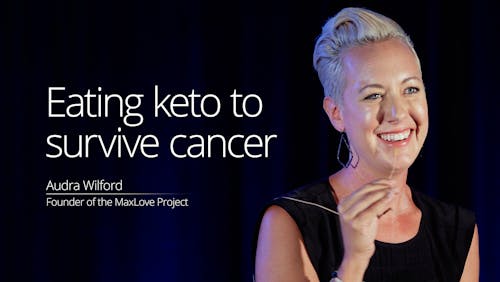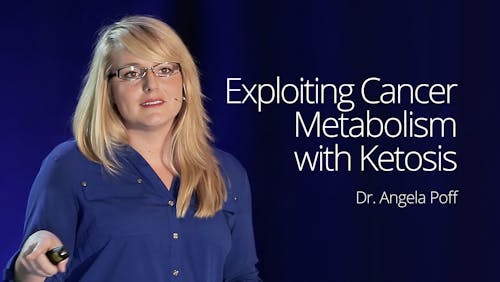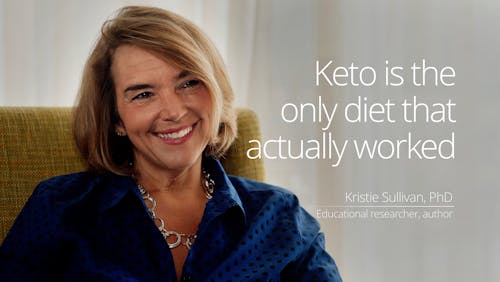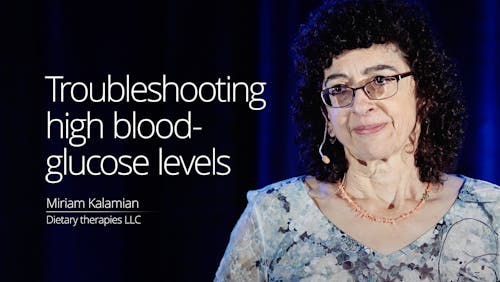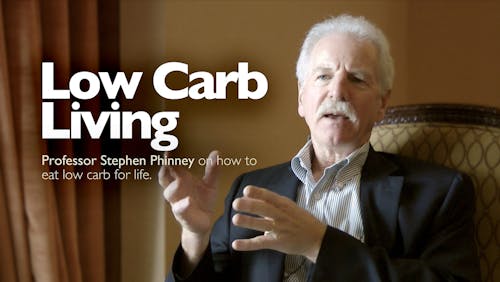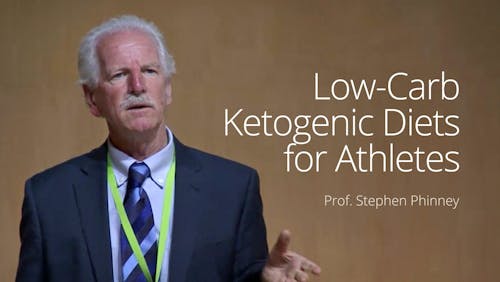Supply and demand: Why fatty foods are getting more expensive
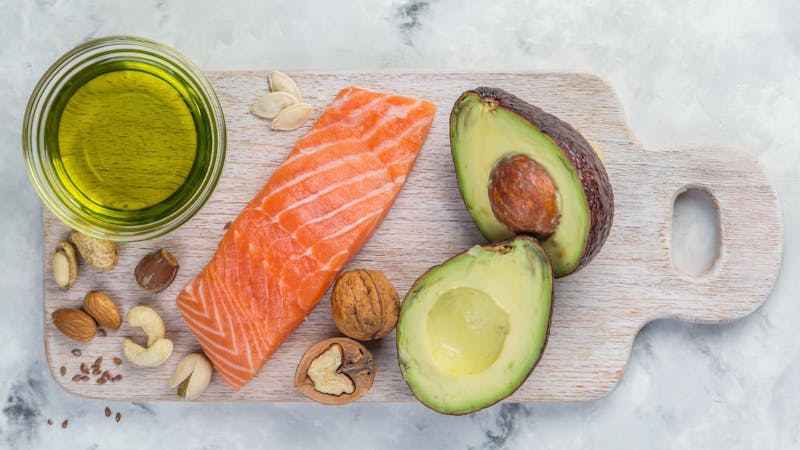
According to The Wall Street Journal, fatty foods are more expensive because fat (well, good fat) is in fashion. That is the gist of its article, published Tuesday in its “Markets” section.
The Wall Street Journal: Your Avocados and Olives Are Pricier Because Fat Is In Fashion
In some ways, it’s basic economics. When demand for a food rises – in this case, avocados, butter, olive oil, or salmon — prices increase while suppliers scramble to produce more of that item. The article reports that prices on these fatty goods are up as much as 60 percent in just five years. Eventually, as supply responds to the increase in demand, prices drift down.
What is responsible for this increase in demand? Full-fat diets. The author explains:
These changes in fortune reflect the broad dietary shifts of recent years. Many people have switched to eating more foods that are high in natural fats from high-carbohydrate, low-fat diets. And government agencies and nutritionists are recommending that people avoid consuming industrial-made fats and margarines and instead eat more fish, nuts and healthier oils.
But it does get more complicated. In our global economy, new markets, like China, can begin buying avocados, for example, and affect prices. And the supply response can be slow; think of the delay between planting more olive orchards and the first meaningful harvest.
Plus, producers have to make tradeoffs between different end products, which can make supply respond more slowly.
Butter consumption world-wide rose 13% in the five years to 2018, according to the U.S. Department of Agriculture. China, South Korea and Japan have all increased their butter imports.
Farmers in New Zealand and Europe have increased the amount of milk they produce since 2012, according to the U.S. Department of Agriculture. But because butter production leaves behind a lot of skim milk — for which prices have been low — returns have been less attractive relative to cheese and cream, limiting how much butter manufacturers are willing to produce…
Demand for some kinds of butter has been “going through the roof,” said Grant Watson, director of global foodservice at Fonterra Co-operative Group Ltd., the world’s largest exporter of dairy products. That has led to what he called “a structural reset in butter pricing.”
As low-carb and keto diets continue to help more and more people, we should expect to see some market disruptions which may translate into higher prices. Hopefully, over time, prices will soften.
In the meantime, enjoy the savings inherent in not having to buy snack-packs and energy drinks to get through the day!


How to make a low-carb or keto diet cheaper
GuideIn this guide you’ll quickly learn how. Because with a little planning and some smart shopping, just look at how much you could save.
